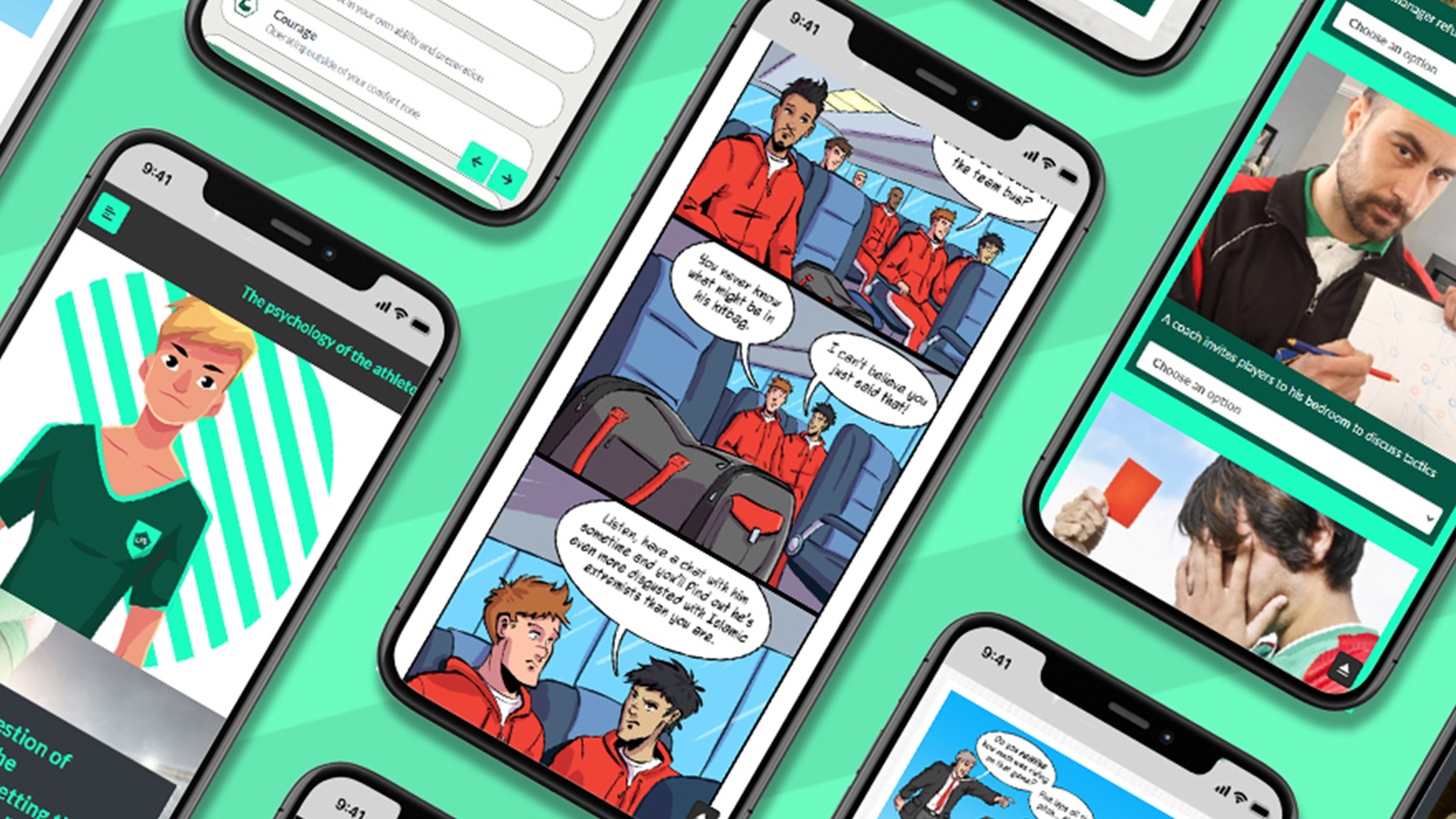Personalised and Adaptive Learning - Our Complete Guide

In both education and business training, there’s a growing emphasis on learner-centred approaches that cater to individual needs and preferences. Two of the most significant concepts in this space are personalised learning and adaptive learning.
Though often used interchangeably, they are distinct concepts with unique applications and benefits.
This guide explores both, highlights their differences, and demonstrates how modern tools like scenario-based training and eLearning can enhance these approaches.
What is Personalised Learning?
Personalised learning refers to an educational approach that tailors instruction, content, and learning pace to the needs, interests, and goals of individual learners. Rather than applying a one-size-fits-all model, personalised learning acknowledges that every learner is different and strives to create a unique pathway for each one.
Key characteristics of personalised learning include:
- Learner-centred design: Learning is shaped around the individual’s strengths, needs, and preferences.
- Flexible content delivery: Resources and materials are selected based on relevance to the learner.
- Self-paced progression: Learners can move faster or slower depending on their understanding.
- Goal setting and ownership: Students are often encouraged to take ownership of their learning, setting personal goals and reflecting on progress.
When we created leadership training for the Financial Times, we started with interactive eLearning with a UK and global audience in mind. However, we then collaborated with their Hong Kong team to tailor the materials for an Asian audience.

This involved localising content to meet regional needs and updating it to comply with Asian legislation, creating a personalised learning experience for their teams.
What is Adaptive Learning?
Adaptive learning uses technology to dynamically adjust the learning experience in real-time based on the learner’s performance and engagement. At its core, adaptive learning systems collect and analyse data as the learner progresses and then modify the instruction path accordingly.
Key characteristics of adaptive learning include:
- Real-time feedback and analytics: The system tracks user responses and adapts content delivery accordingly.
- AI-driven or algorithm-based: Technology plays a central role in personalising the journey.
- Micro-adjustments: Difficulty level, content type, and pacing are adjusted automatically.
- Scalability: Adaptive systems can deliver tailored experiences to large numbers of learners.
Differences Between Personalised and Adaptive Learning
While both approaches aim to improve learning outcomes by tailoring the experience to individual needs, they differ in their methods and underlying principles.
| Feature | Personalised Learning | Adaptive Learning |
|---|---|---|
| Best Approach | Human-designed and often instructor-led | Technology-driven and automated |
| How to Customise | Based on learner profiles, interests, and goals | Based on data, performance, and behaviour |
| Flexibility | Highly flexible in content, pace, and pathways | Flexible in how systems respond to user interactions |
| Technology Level | Can be low-tech or high-tech | Typically high-tech, requiring specialised platforms |
| Learner Control | Learners may have greater control and choice | Learners follow dynamically guided paths |
| Best Used For | Supporting autonomy and engagement | Reinforcing knowledge mastery and immediate feedback |
Scenario-Based Training with Personalised and Adaptive Learning
Scenario-based training involves placing learners in realistic, problem-solving situations that mirror challenges they might face in their job or real life. This method is ideal for both personalised and adaptive learning.
Scenario-Based Training and Personalised Learning
In personalised learning, scenario-based training can be tailored to the learner’s specific role, interests, or experience level. For example:
- A junior manager might engage with leadership scenarios that focus on basic team communication.
- An experienced manager might face complex decision-making scenarios involving conflict resolution or strategic planning.
This approach ensures relevance and promotes engagement by contextualising the learning to suit the individual.
When we created sales enablement training for Sabre, we enhanced the engagement of the Sales team by employing different voiceover artists for the prospective buyer character.

This allowed personas to be created that were personalised to their team members' likely scenarios.
Scenario-Based Training for Adaptive Learning
For adaptive learning, scenarios can adjust dynamically:
- If a learner performs well in a scenario, the system might present a more challenging one next.
- If they struggle, the system might introduce simpler examples or provide additional feedback.
Adaptive scenario-based training supports mastery by keeping learners in their optimal zone of development.
How eLearning Supports Personalised and Adaptive Learning
eLearning offers the flexibility, scalability, and interactivity required to implement both personalised and adaptive learning approaches effectively.
eLearning and Personalised Learning
eLearning supports personalised learning through:
- Modular content: Learners can pick and choose what to study based on their goals.
- Custom learning paths: Programmes can be tailored by instructors or the learners themselves.
- Interactive assessments: Help identify knowledge gaps and inform further learning.
- Learning analytics: Provide insights into user behaviour and preferences.
Examples include customisable dashboards, optional units or electives, and self-assessment tools.
eLearning and Adaptive Learning
eLearning platforms equipped with adaptive technologies can:
- Adjust content difficulty based on quiz performance
- Recommend resources based on previous learning behaviour
- Offer branching scenarios where the path changes based on decisions made
- Provide intelligent feedback that evolves with the learner’s input
Such systems rely on AI and data to deliver highly responsive and efficient instruction.
In Summary
Personalised and adaptive learning both aim to improve learner outcomes by addressing the individual needs of each user, but they do so in different ways. Personalised learning focuses on giving learners autonomy and tailoring learning journeys to their preferences, while adaptive learning uses technology to automatically respond to their performance in real time.
When combined with scenario-based training and delivered via modern eLearning content and platforms, these approaches can transform how individuals learn, making education and training more relevant, effective, and engaging.
Want to see how we could help you leverage personalised learning to engage learners and improve training outcomes?
Contact us here at First Media!
Why choose First Media?
Improve your overall performance
Get high-quality creative, eLearning faster and stand out from the competition.
Become more agile and responsive
We deliver engaging, high-quality training and support wherever you are and whenever you need it.
Elevate your team
Our in-house team of designers will work with you every step of the way to ensure you get the right look.
Captivate your audience
We combine novel ways to appeal to our learners natural curiosity and engagement.
Make your ideas come to life with First Media.





